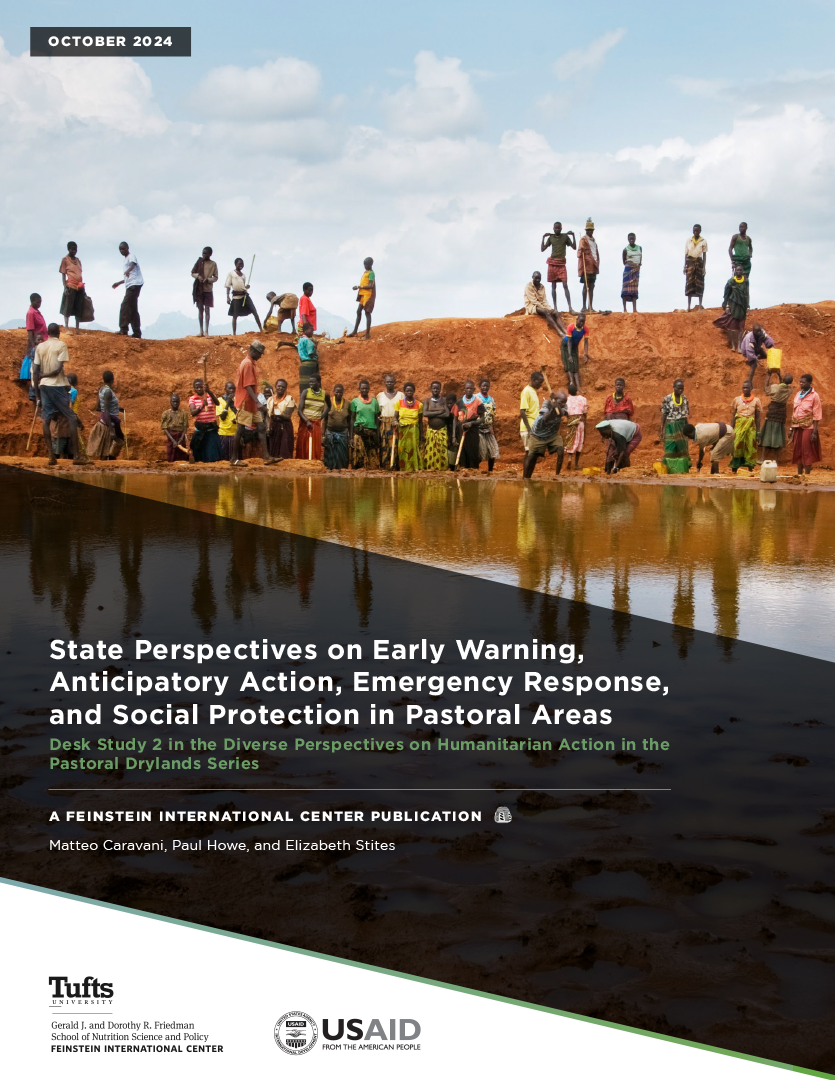The UNICEF conceptual framework of the causes of malnutrition has been widely adopted across both development and humanitarian spheres. However, there are key elements of the framework that require urgent re-emphasis and updating. There are also significant gaps in the framework itself related to the systemic drivers of acute malnutrition. These gaps limit the framework’s power to correctly discern the drivers of acute malnutrition, and until we update the framework, the impact of interventions will remain severely blunted.
This brief reviews and updates the generally accepted conceptual framework of drivers of acute malnutrition in Africa’s drylands, where emergency levels of global acute malnutrition stubbornly persist. The revised framework preserves the immediate and underlying drivers of acute malnutrition and recognizes the synergism between them. More fundamentally, the updating reconceptualizes the basic more systemic drivers of acute malnutrition to include three interlinked areas: i. environment and seasonality; ii. systems and institutions; and iii. livelihood systems.
The brief argues that for this analysis to make a real difference, the process and ownership of causal analysis needs to be localized by integrating it within the systems and institutions operating at the local level upwards.
While this report is specifically about Africa’s drylands, 43% of the globe is classified as drylands and therefore may be relevant in other contexts.
La version française du rapport est disponible ici.







